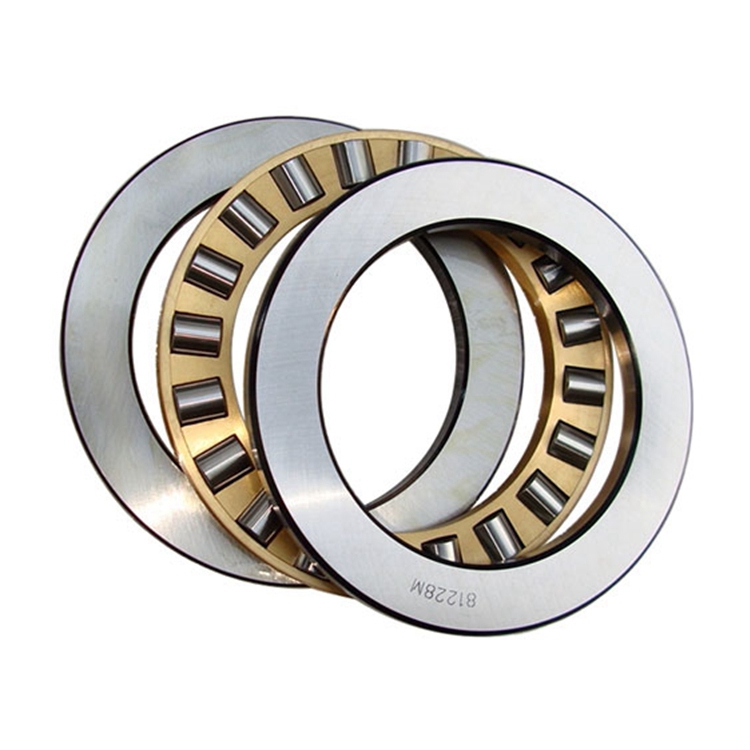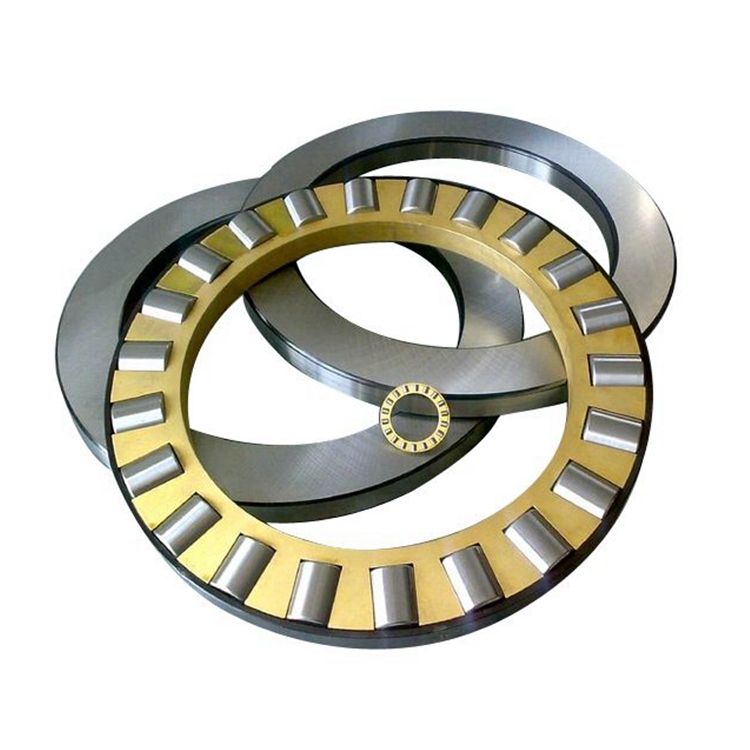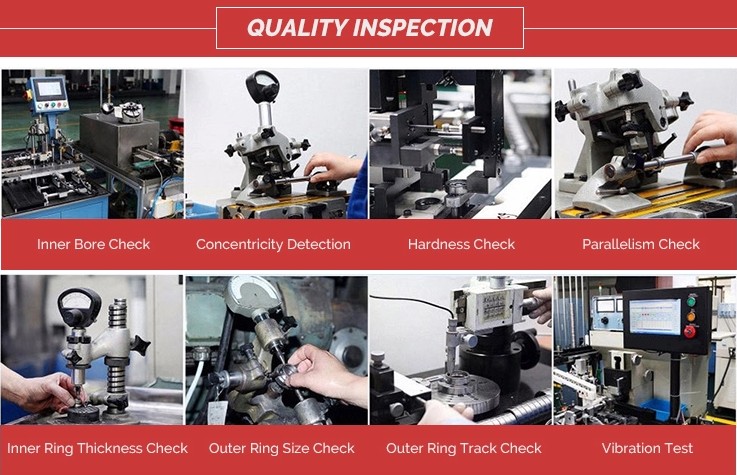Structure
|
Thrust
|
Type
|
Roller
|
Model Number
|
29330
|
Precision Rating
|
P0,P6,P5.P4,P2
|
Seals Type
|
OPEN
|
Number of Row
|
Single Row
|
|
Size
|
150*250*60mm
|
Cage materia
|
Steel Brass
|
Lubricated
|
Oil Grease
|
Application
|
Industrial Machinery
|


1.Thrust roller bearing characteristics :
Thrust cylindrical roller bearings and thrust tapered roller bearings are suitable for low speed applications. Thrust tapered roller bearings have a slightly higher rotational speed than thrust cylindrical roller bearings. Thrust cylindrical roller bearings are separate bearings that can only withstand one-way axial loads and slight impacts, and can limit the axial displacement of the shaft (or casing) in one direction, so it can be used as one-way axial positioning. However, its carrying capacity is much larger than that of thrust ball bearings. When the roller rolls, the roller speed is inevitably slipped on the ferrule raceway due to the different linear speeds at both ends of the roller. Therefore, the limit rotation speed of such a bearing is lower than that of the thrust ball bearing, and is usually only suitable for low speed operation.
2.Assembly of thrust roller bearings :
Because the thrust roller bearing is a high-precision product, if the assembly is improper, it is easy to damage the thrust roller bearing channel, resulting in damage to the thrust roller bearing. Thrust roller bearings should have a special mold during assembly. They should not be knocked at will. When pressing the shaft, only a small circle is required. When the large circle is pressed, only a large force is applied. Air pressure or hydraulic pressure is required for assembly. The upper and lower molds are to be horizontal when pressed. If the tilting causes the thrust roller bearing channel to be damaged due to force, the thrust roller bearing will produce a sound.
3.Thrust roller bearing use :
Thrust cylindrical roller bearings are mainly used in heavy machinery, high power marine gearboxes, oil rigs, vertical motors and other machinery.





